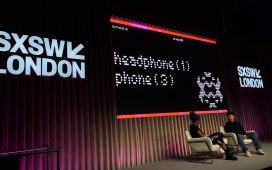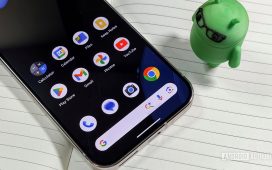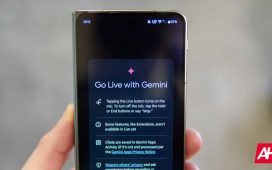The Nintendo Switch had a decent repairability score when it launched back in 2017. That’s no longer the case, as repair website iFixit revisits the gaming console/handheld hybrid and has cut the score in half, dropping its repairability score down to a 4 from 8. That’s a pretty hefty drop, and one might wonder why iFixit is even bothering to revisit how repairable the console is. Especially when Nintendo’s new Switch 2 is set to release in just a couple of days.
In fact, it’s in large part because the Switch 2 is launching this week that iFixit says it wants to revisit the repairability of the original Nintendo Switch. This really does make sense when you think about it. It’s only natural to want to compare the new version vs the old version. That’s exactly what iFixit is doing here. It’s taking a look back at the original Switch to see how its repairability will compare to the sequel. It also wants to take another look at how repairable the Switch is based on today’s repair standards. Noting that its criteria for repairability have evolved a lot in 8 years. Much like how the Switch 2 has changed since the original launched 8 years ago.
Nintendo Switch repairability suffers from a lack of sourceable parts and no official instructions
There are several reasons why iFixit is decreasing the repairability score of the original Nintendo Switch. You might immediately jump to the Joy-Con joysticks, which are now notorious for the dreaded stick drift issue. This is part of the whole thing, but hardly the entire thing. In fact, iFixit says that, as bad as they were, they were actually less of an issue to deal with than some of the other hardware.
“Believe it or not, compared with the rest of the internals, a drifty joystick is actually one of the easier things to fix,” iFixit said in its updated blog post. The repair site continued by saying that “and those drifty Joy-Cons have been no picnic.”
That should do a fine job of getting the point across at just how difficult and inconvenient it can be to repair a Nintendo Switch in 2025. While issues like the glued-in battery remain one of the bigger problems, issues like the incredibly fragile ribbon cables aren’t exactly a walk in the park to get around. iFixit wasn’t too keen on needing to separate and replace two different types of thermal compound for many of the components, either. One of which, it says, isn’t exactly easy to acquire.
Many of the more modern handhelds are significantly easier to repair
Another thing to factor in is how repairable other, more modern handhelds are. As iFixit states, its criteria for repairability scores have evolved in the last 8 years. There have been more than a few handhelds come out in that time as well. Many of which iFixit has given repairability scores to.
Compared to some of these newer handhelds, the original Nintendo Switch isn’t looking so hot. For instance, iFixit gave the Steam Deck OLED a repairability score of 9 out of 10. The Lenovo Legion Go has a score of 8. The ROG Ally comes in at 7. This should paint a picture of just how un-user-friendly repairing the Nintendo Switch is. Hopefully, that changes with the release of the Nintendo Switch 2.








